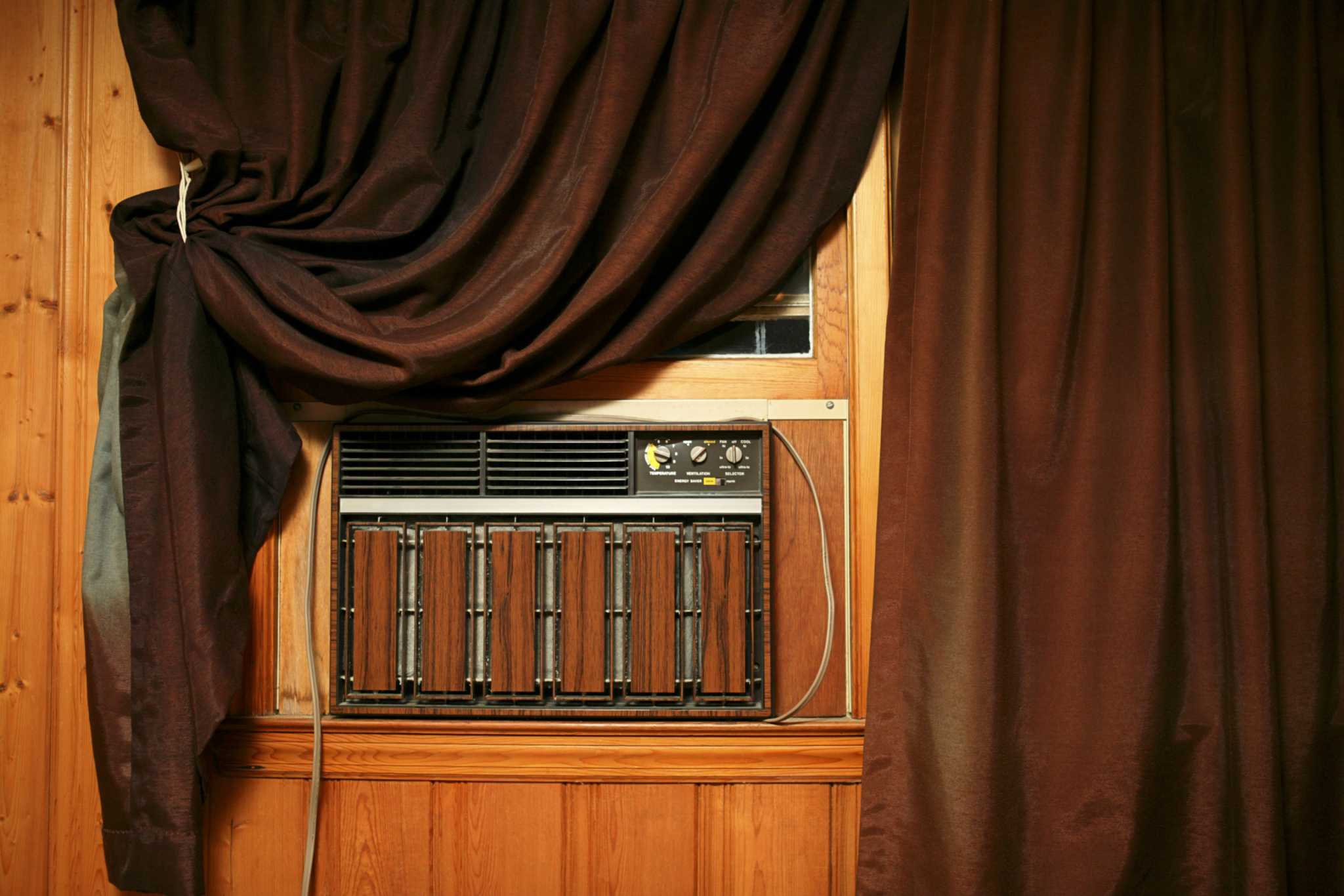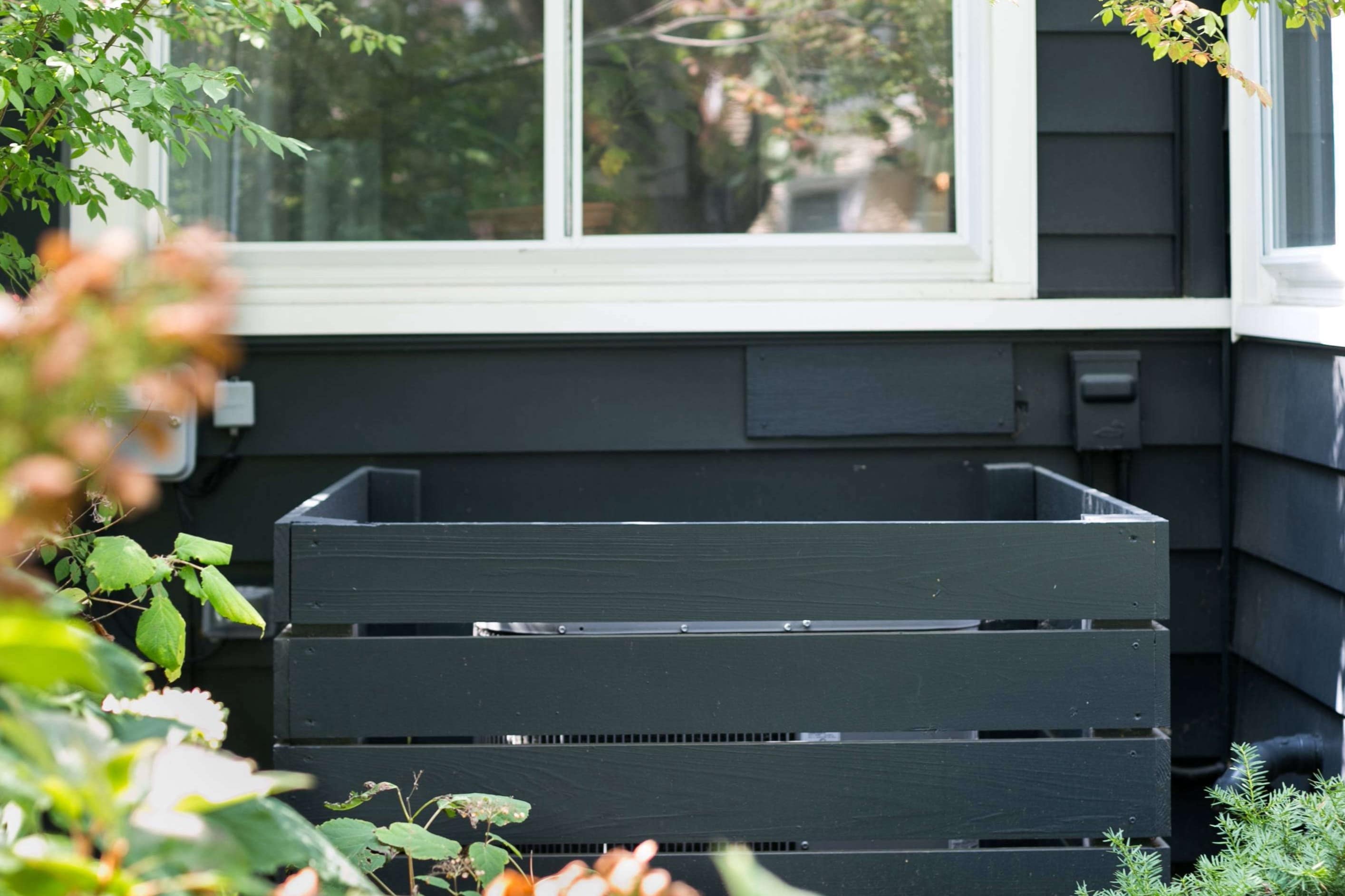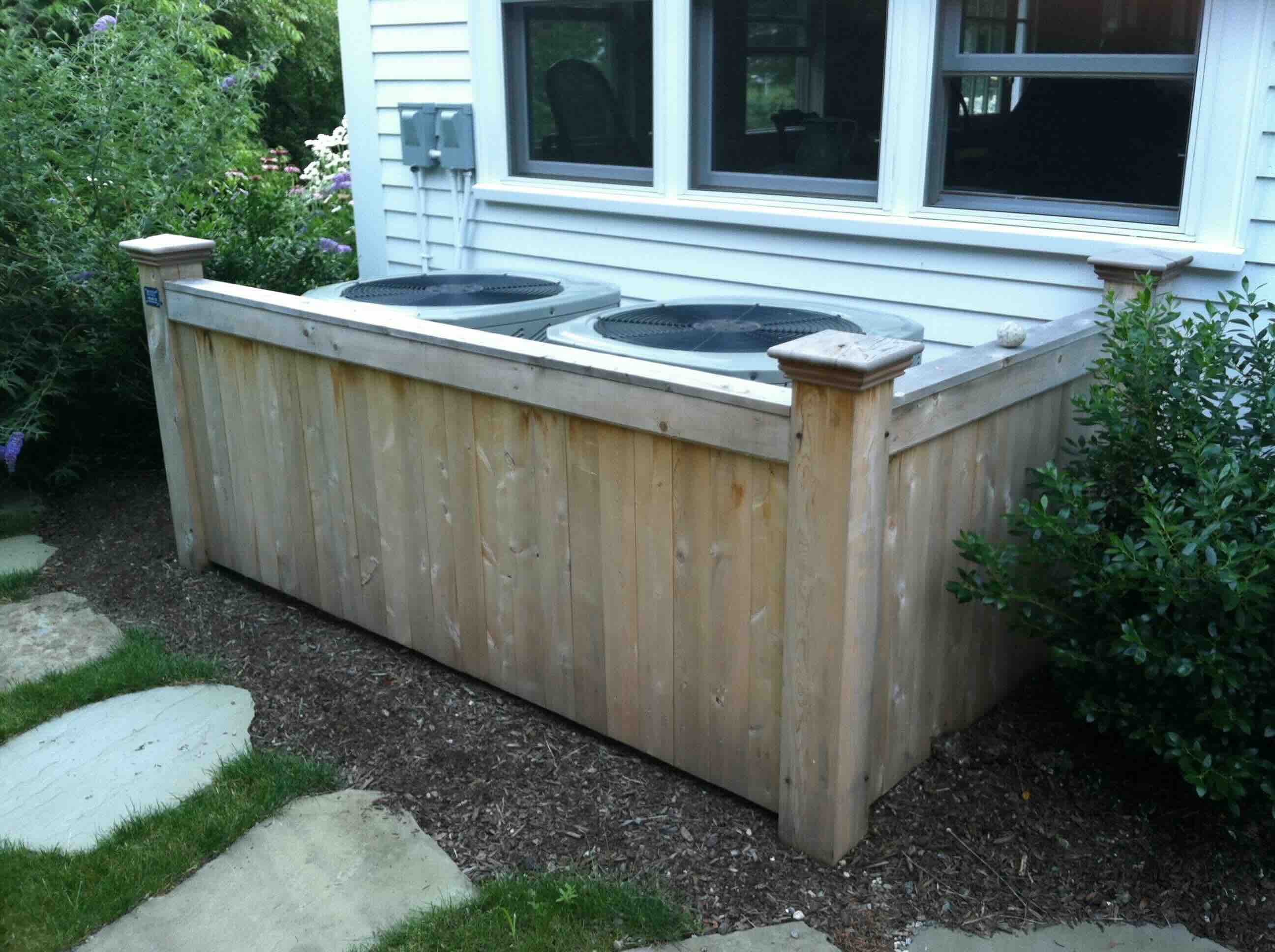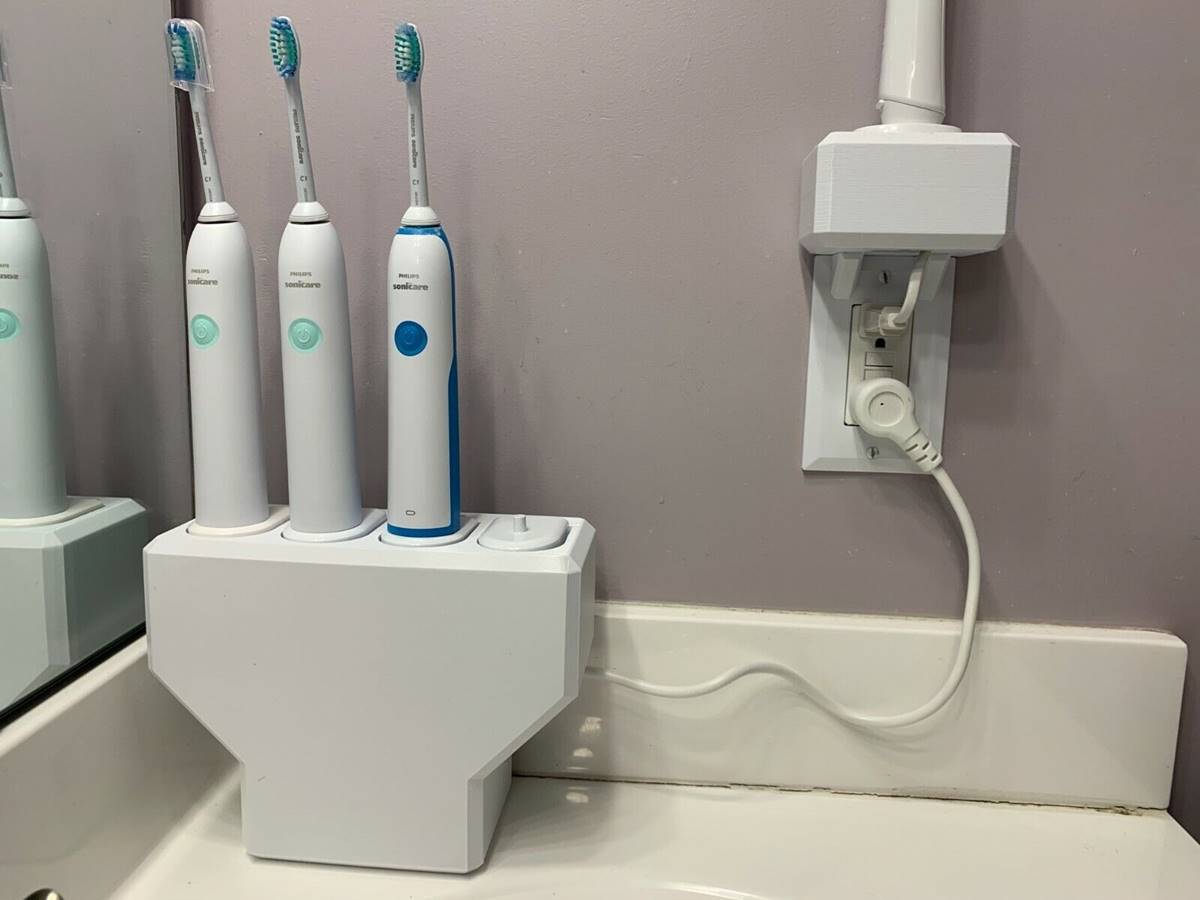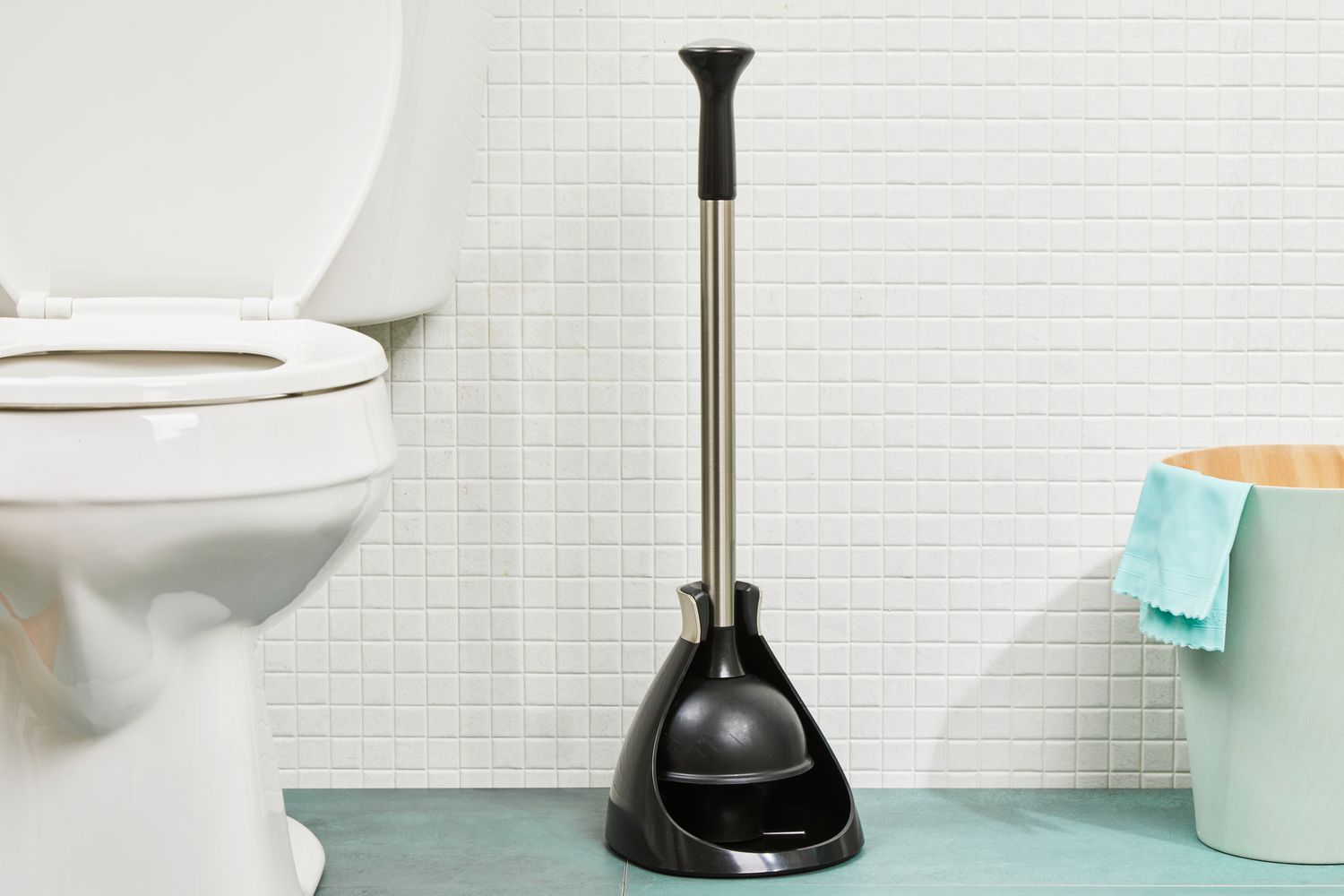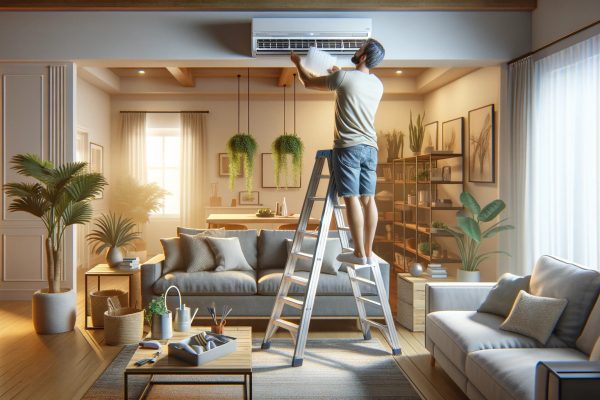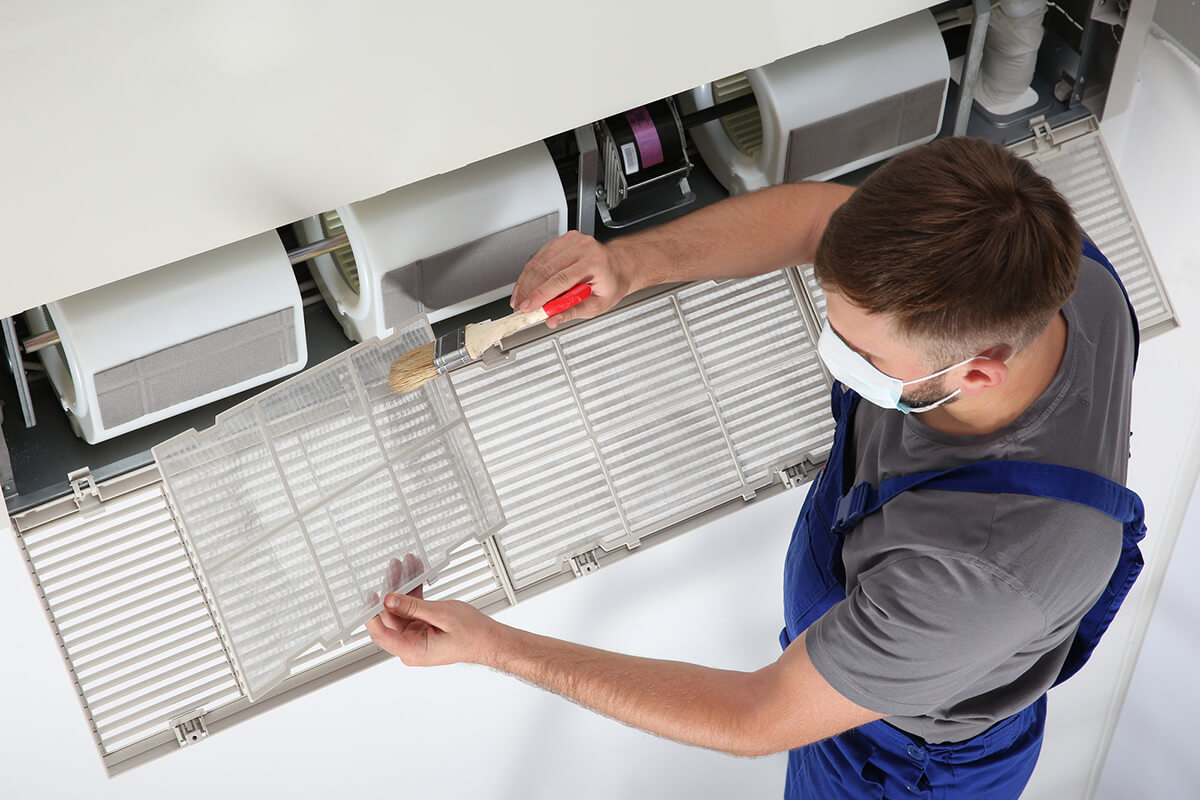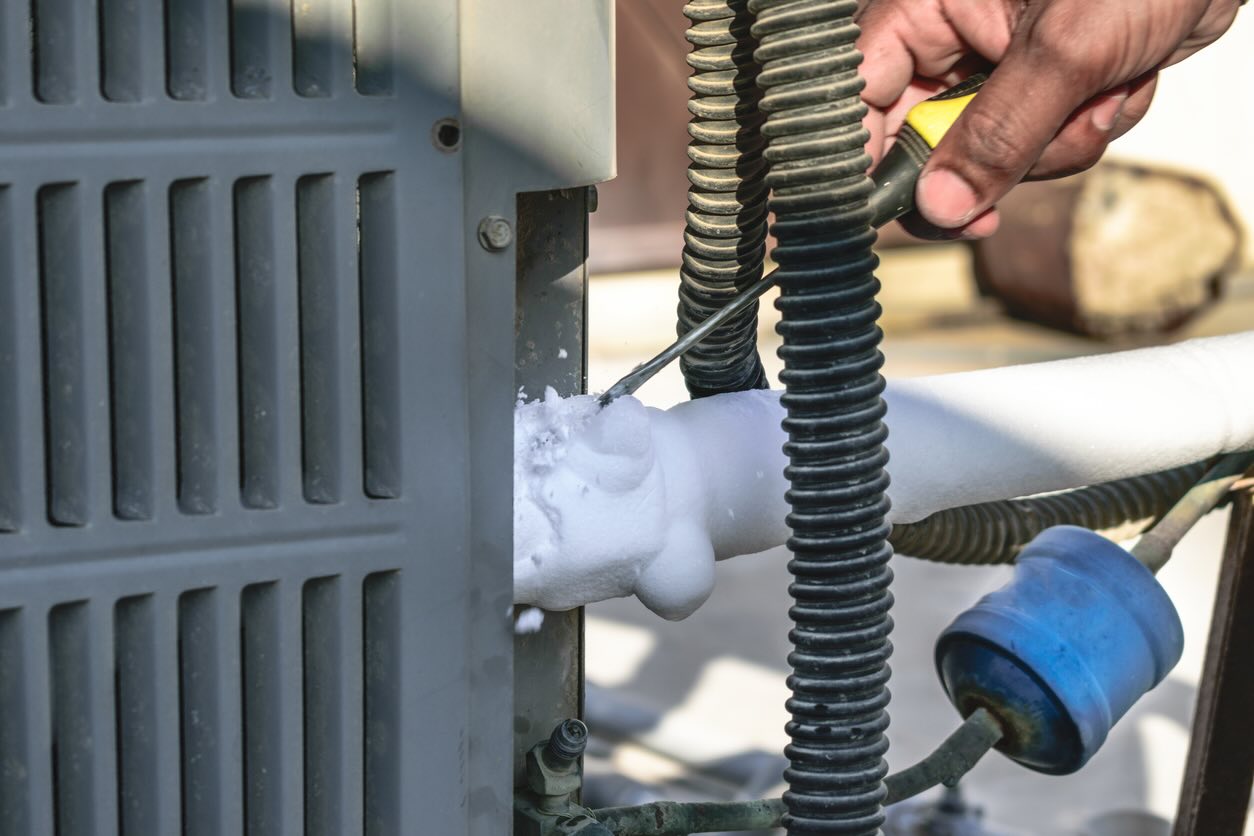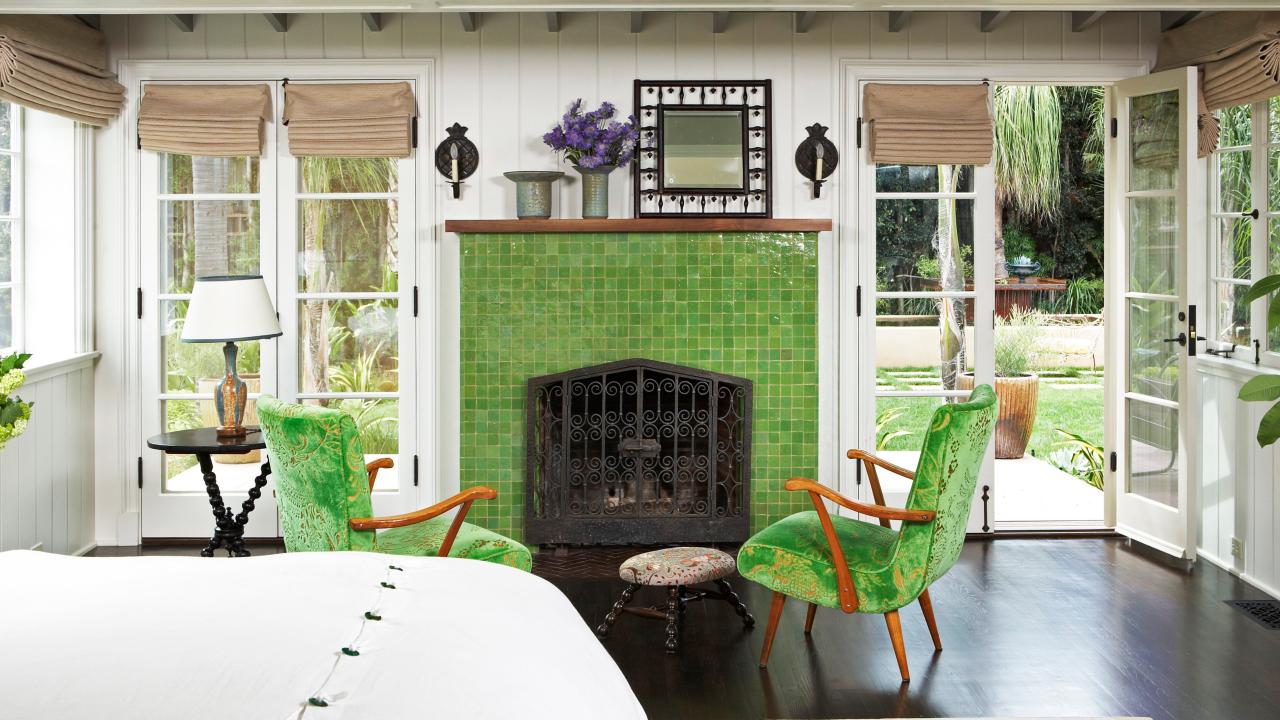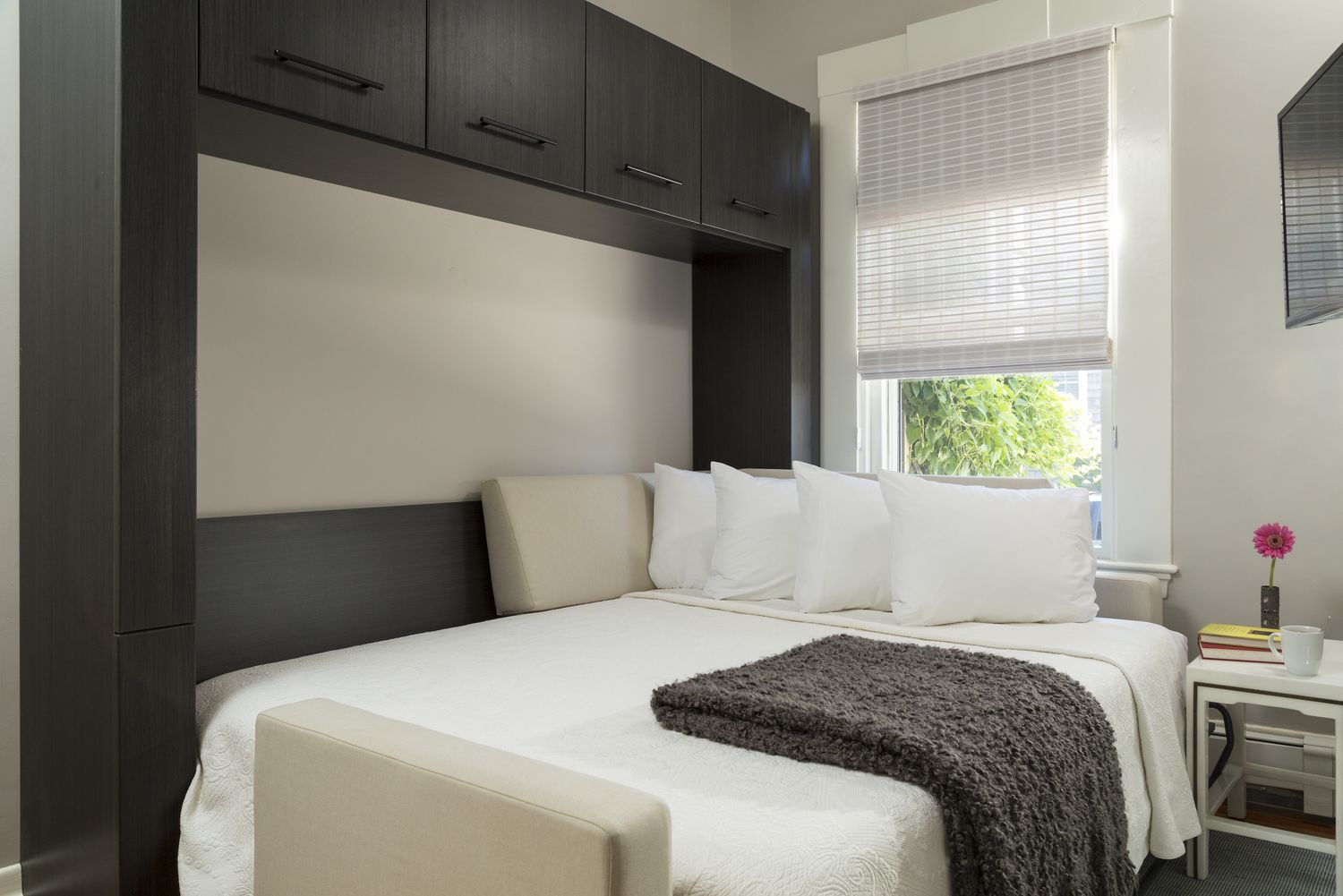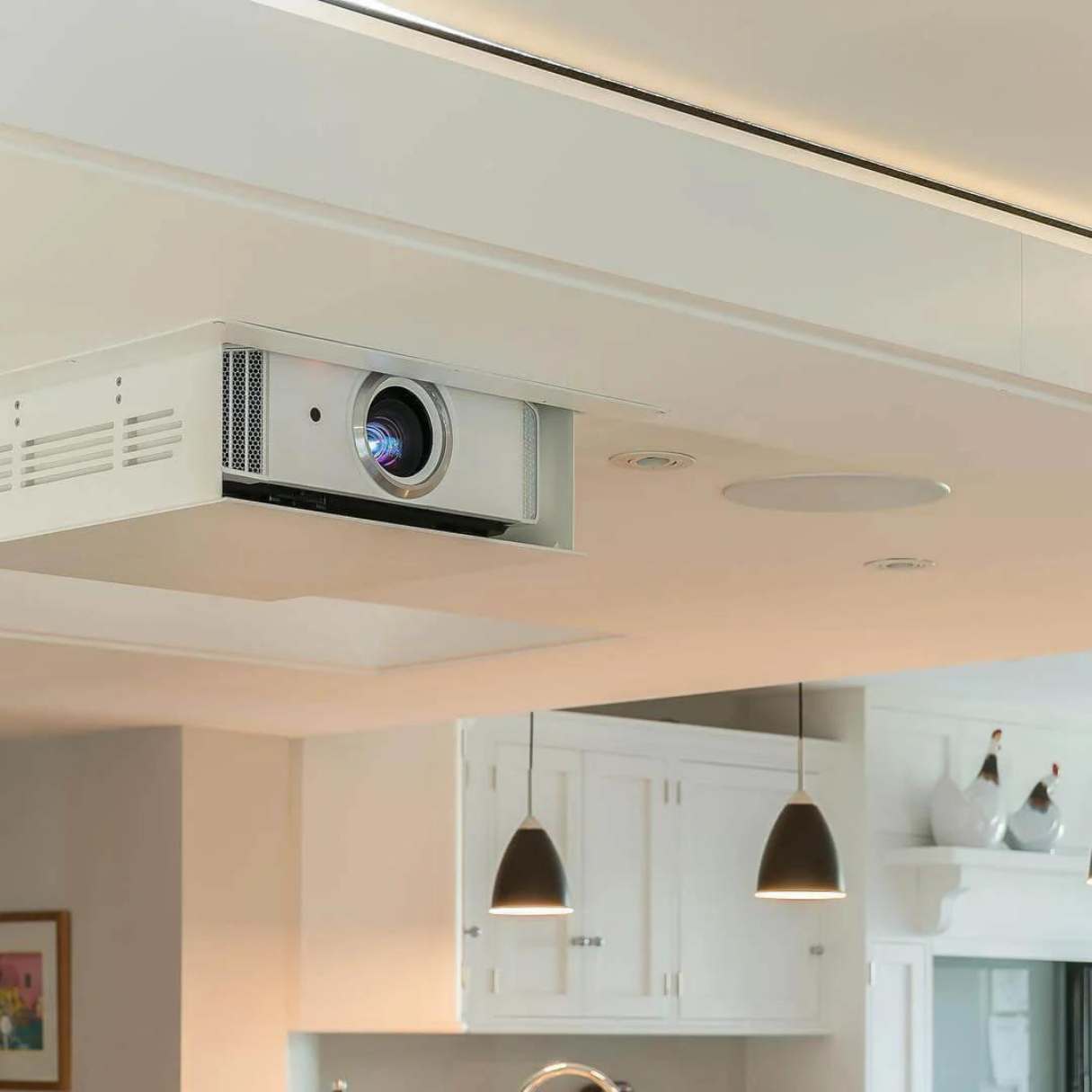Home>Home Maintenance>How To Hide Your Air Conditioner
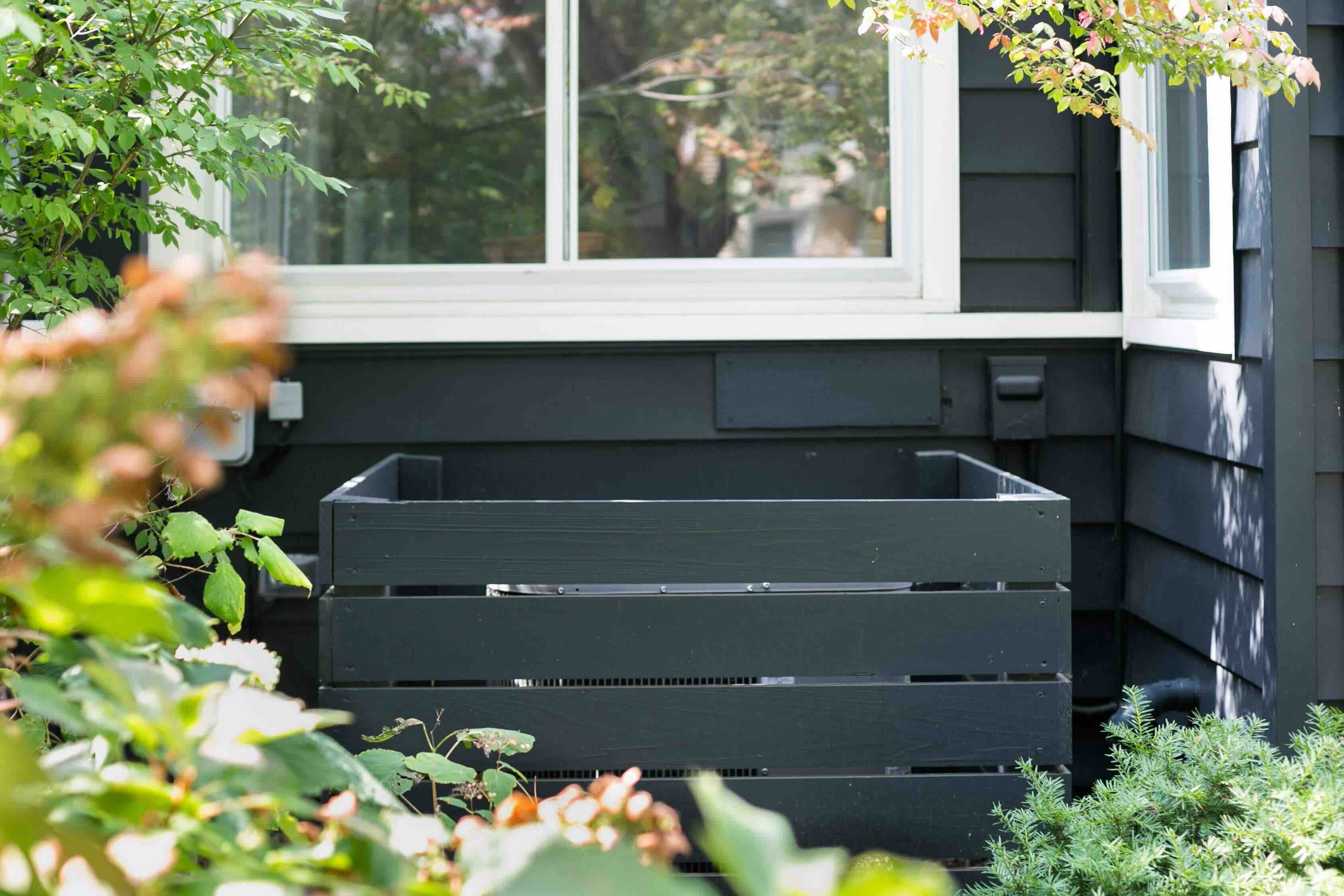

Home Maintenance
How To Hide Your Air Conditioner
Modified: March 7, 2024
Learn how to hide your air conditioner with these simple home maintenance tips. Create a more aesthetically pleasing outdoor space while keeping your cooling system discreet and protected.
(Many of the links in this article redirect to a specific reviewed product. Your purchase of these products through affiliate links helps to generate commission for Storables.com, at no extra cost. Learn more)
Introduction
Welcome to our comprehensive guide on how to hide your air conditioner! The air conditioning system is an essential appliance in our homes, providing comfort during hot summer months. However, the outdoor unit can sometimes be an eyesore and disrupt the aesthetics of your outdoor space. Fortunately, there are numerous creative solutions available to help you conceal your air conditioner while still maintaining its functional efficiency.
In this article, we will explore various factors to consider before hiding your air conditioner, provide planning and preparation tips, and offer creative ideas for hiding the unit. We will also discuss the implementation process, along with valuable advice on how to maintain and protect your air conditioner while it is hidden.
With the help of this guide, you will be able to transform your outdoor space into a beautiful and functional area without compromising the performance of your air conditioning system. So, let’s dive in and discover the best ways to hide your air conditioner!
Key Takeaways:
- Transform your outdoor space by hiding your air conditioner with creative solutions like privacy fencing, decorative screens, and vertical gardens. Consider aesthetics, airflow, and future accessibility for a successful outcome.
- Prioritize regular cleaning, seasonal inspections, and professional maintenance to protect and maintain your hidden air conditioner. Ensure proper ventilation and emergency access for optimal performance and longevity.
Read more: How To Hide Your Printer
Understanding the Need to Hide Your Air Conditioner
When it comes to the exterior of our homes, we often strive for a well-manicured and visually pleasing environment. This includes maintaining the appearance of our backyard, patio, or outdoor living space. However, the presence of an unsightly air conditioner unit can disrupt the overall aesthetics and become a focal point, taking away from the beauty of the surroundings.
By hiding your air conditioner, you can maintain a consistent and appealing visual appeal in your outdoor area. Additionally, concealing the unit can help protect it from potentially damaging elements such as severe weather conditions, debris, and falling leaves. Furthermore, hiding your air conditioner can create a sense of privacy by blocking the view of the unit from neighbors or passersby.
There are several reasons why you might want to hide your air conditioner:
- Aesthetics: Concealing your air conditioner can enhance the overall look of your outdoor space, creating a more visually appealing environment.
- Privacy: Hiding your air conditioner can provide privacy by minimizing the view of the unit from neighbors or street traffic.
- Protection: Covering your air conditioner can safeguard it from potential damage caused by harsh weather conditions, debris, or falling objects.
- Noise Reduction: By using certain hiding techniques, you can help reduce the noise generated by your air conditioner.
Understanding the need to hide your air conditioner is the first step towards transforming your outdoor space. By considering the benefits mentioned above, you can make an informed decision and explore the various options available to effectively hide your air conditioner.
Factors to Consider Before Hiding Your Air Conditioner
Hiding your air conditioner involves careful planning and consideration to ensure that you choose the best approach for your specific needs. Before diving into the creative ideas and implementation process, let’s explore some factors that you should consider:
- Regulations and Accessibility: Before hiding your air conditioner, it’s crucial to check local regulations or homeowner association rules regarding the placement and concealment of outdoor units. Additionally, consider the accessibility requirements for maintenance and repairs to ensure your hiding solution does not impede the functionality of the unit.
- Airflow and Ventilation: Your air conditioner requires adequate airflow and ventilation to function efficiently. When planning your hiding solution, make sure not to obstruct the air intake or exhaust vents. Improper airflow can lead to reduced cooling performance and potentially damage the unit.
- Weather Conditions and Durability: Consider the climate and weather conditions in your area. Your hiding solution should be durable and capable of withstanding the elements, such as heavy rain, snow, high winds, and direct sunlight. Choose materials that can withstand these conditions while still providing proper ventilation.
- Aesthetics and Design: Think about the overall aesthetic of your outdoor space and how your hiding solution will integrate with it. Consider the style, color, and materials that will complement your existing landscape or architectural design. The goal is to create a seamless and visually pleasing hiding solution.
- Budget and Maintenance: Set a budget for your hiding project, taking into account the cost of materials, professional assistance if needed, and any ongoing maintenance requirements. Keep in mind that some hiding solutions may require periodic upkeep or regular cleaning to maintain their appearance.
- Noise Reduction: If noise from your air conditioner is a concern, consider incorporating noise-reducing elements into your hiding solution. Certain materials and techniques can help minimize the sound generated by the unit, creating a more peaceful outdoor environment.
- Future Accessibility: Plan for future accessibility needs, such as servicing or replacing the unit. Ensure that your hiding solution allows for easy removal or access to the air conditioner when necessary.
By carefully considering these factors, you can make informed decisions and select the most suitable hiding solution for your air conditioner. Take your time to assess your specific requirements and explore various creative ideas and implementation techniques that align with these considerations.
Planning and Preparing for the Hiding Process
Now that you have considered the factors involved in hiding your air conditioner, it’s time to start planning and preparing for the process. Proper planning will ensure that you achieve the desired outcome and avoid any unnecessary complications. Here are some steps to get you started:
- Measure and Assess: Begin by measuring the dimensions of your air conditioner unit, including the height, width, and depth. This information will help you determine the size of the hiding structure or materials you will need. Take note of any obstructions or clearance requirements to ensure there is enough space for adequate airflow.
- Research and Gather Inspiration: Take some time to research various hiding ideas and gather inspiration. Look for pictures, articles, or even consult with professionals to find creative and practical solutions. Consider the design elements, materials, and techniques that align with your aesthetic preferences and budget.
- Choose a Hiding Method: Based on your research and assessment, decide on the best hiding method for your air conditioner. Popular options include building a structure around the unit, using decorative screens or panels, or incorporating landscaping elements to blend it into the environment. Consider the level of complexity, cost, and maintenance required for each option.
- Gather Materials and Tools: Once you have chosen your hiding method, make a list of the necessary materials and tools. This may include lumber, paint, screws, brackets, decorative panels, landscaping materials, or any other items required for your specific hiding solution. Collect everything you need before starting the implementation.
- Create a Project Timeline: Depending on the complexity of your hiding solution, create a timeline for the project to help you stay organized and manage your time effectively. Break down the tasks into smaller steps, estimate the time required for each, and allocate specific days or weekends for completion.
- Clean and Prepare the Area: Before starting the hiding process, ensure that the area around the air conditioner unit is clean and free of any debris. Remove any plants, furniture, or other items that may hinder your work. Clearing the space will provide a clean canvas for your hiding project.
- Consider Professional Assistance: Depending on your skill level and the complexity of your chosen hiding method, you may want to consider hiring a professional contractor or landscaper for assistance. They can offer expertise, ensure proper installation, and save you time and frustration.
By following these planning and preparation steps, you will be well-equipped to start the hiding process. Remember to take your time, stay organized, and consult resources or professionals when needed. With careful planning and preparation, you are setting the stage for a successful and visually appealing hidden air conditioner. Good luck!
You can hide your air conditioner by using a decorative screen or fence to create a barrier around it. Make sure to leave enough space for airflow and easy access for maintenance.
Creative Ideas for Hiding Your Air Conditioner
When it comes to hiding your air conditioner, there are numerous creative and visually appealing options available. Whether you prefer a natural, rustic look or a modern and sleek design, there is a solution that can seamlessly integrate with your outdoor space. Here are some creative ideas to consider:
- Privacy Fencing: Install a privacy fence or trellis around your air conditioner unit. This can be constructed using materials such as wood, bamboo, or vinyl lattice. Enhance the look by adding climbing vines or flowers to create a beautiful and natural screen.
- Decorative Screens or Panels: Utilize decorative screens or panels to conceal your air conditioner. These can be made from metal, wood, or even high-density polyethylene (HDPE) panels. Choose a design that complements your outdoor décor and provides an attractive focal point.
- Landscaping Elements: Incorporate landscaping elements around your air conditioner unit to blend it seamlessly into its surroundings. You can create a mini garden with shrubs, bushes, or tall plants to create a natural camouflage. Additionally, use rocks, stones, or a small rock garden to add a touch of elegance.
- Vertical Gardens: Create a vertical garden structure beside your air conditioner unit. This can be constructed using pallets, trellises, or even old shutters. Fill the structure with potted plants, herbs, or even a selection of colorful flowers. This not only hides the unit but also adds a vibrant, living backdrop to your outdoor space.
- Custom-built Enclosure: Design and build a custom enclosure to house your air conditioner. This can be constructed using materials that match your exterior, such as wood or stone. Ensure proper ventilation and access panels for maintenance purposes. Consider incorporating a hinged or sliding door to allow easy access when needed.
- Camouflage Coverings: Use camouflage coverings to hide your air conditioner unit. This can be as simple as a vinyl cover designed to look like a bush or shrub. Alternatively, you can create a custom cover using faux greenery or artificial turf.
- Outdoor Art or Decorations: Install outdoor art or decorations strategically around your air conditioner unit to draw attention away from it. This can include sculptures, birdbaths, or even a small water feature. Get creative and choose pieces that reflect your personal style and enhance the overall appeal of your outdoor space.
- Perforated Metal Screens: Consider using perforated metal screens to hide your air conditioner. These allow proper airflow while effectively concealing the unit. You can choose from various patterns and designs that add a modern and stylish touch to your outdoor area.
These creative ideas serve as a starting point for hiding your air conditioner, but don’t be afraid to think outside the box and come up with your own unique solution. Let your imagination run wild, and consider incorporating your personal style and preferences into the design. The goal is to create a hidden air conditioner that not only blends in with its surroundings but also adds to the beauty and functionality of your outdoor space.
Read more: How To Hide A Portable Air Conditioner
Implementing Your Chosen Hiding Solution
Once you have chosen a hiding solution for your air conditioner, it’s time to put your plan into action. Implementing your chosen solution requires careful execution and attention to detail. Here are some steps to guide you through the process:
- Gather Your Materials and Tools: Collect all the materials and tools you will need for the implementation process. This may include lumber, paint, screws, brackets, decorative panels, landscaping materials, or any other items specific to your chosen hiding solution.
- Prepare the Area: Clear the area around your air conditioner unit, removing any obstacles or debris. Ensure that there is enough space to work comfortably and that the unit is easily accessible for installation and future maintenance.
- Follow a Step-by-Step Plan: Refer to any instructions or plans you have for your chosen hiding solution. If you’re working with a custom-built enclosure or structure, follow the measurements and design guidelines closely. Take your time and ensure accuracy in every step of the process.
- Build or Install the Hiding Structure: Whether you’re constructing a fence, installing decorative panels, or creating a custom enclosure, follow the steps outlined in your chosen hiding solution. Make sure to securely anchor the structure to the ground or wall, ensuring stability and durability.
- Ensure Proper Ventilation: Maintain adequate airflow and ventilation around your air conditioner unit. If your hiding solution involves enclosing the unit partially or completely, make sure to include vents or gaps to allow the proper passage of air. Improper ventilation can cause the unit to overheat and diminish its performance.
- Paint or Finish the Hiding Solution: Once the structure or covering is in place, apply any desired paint or finish to match your outdoor aesthetic. Use weather-resistant paints or stains to ensure longevity and protection against the elements.
- Secure and Test the Hiding Solution: Double-check that all screws, brackets, or fasteners are securely in place. Test the stability and functionality of your hiding solution to ensure that it adequately conceals the air conditioner unit without hindering its performance.
- Add Finishing Touches: Consider adding finishing touches to enhance the visual appeal of your hiding solution. This can include adding decorative elements, plants, or accessories that blend harmoniously with the surrounding environment.
- Maintain and Monitor: Regularly inspect your hiding solution to ensure it remains in good condition. Check for any signs of wear or damage and address them promptly. Keep the area around the air conditioner unit clean and free from debris to ensure optimal performance.
Remember, safety is crucial during the implementation process. If needed, consult with professionals or seek assistance from experienced individuals to ensure proper installation and adherence to any local regulations or guidelines.
By following these steps and giving attention to detail, you will successfully implement your chosen hiding solution, transforming the appearance of your outdoor space while maintaining the functionality of your air conditioner.
Maintaining and Protecting Your Air Conditioner While Hidden
Once you have successfully hidden your air conditioner, it’s important to prioritize maintenance and protection to ensure its longevity and efficient performance. Here are some key steps to consider:
- Regular Cleaning: Keep the area surrounding your air conditioner clean and free from debris. This includes removing any leaves, branches, or other debris that may accumulate around or on top of the unit. Regular cleaning prevents clogs and allows for proper airflow.
- Trimming Vegetation: If you have incorporated landscaping elements around the air conditioner, regularly trim any plants, shrubs, or bushes to prevent them from obstructing airflow or coming into contact with the unit. Ensure there is enough clearance around the air conditioner for efficient operation.
- Seasonal Inspections: Prior to each cooling season, inspect your air conditioner and its hidden components. Check for any signs of damage, loose connections, or wear. Look for leaks, unusual noises, or abnormalities that may indicate a problem. If you notice any issues, have them addressed promptly by a professional.
- Professional Maintenance: Schedule regular maintenance visits with a qualified HVAC professional. A professional can perform thorough inspections, clean coils and filters, check refrigerant levels, and ensure the overall efficiency of your air conditioner. Regular maintenance helps extend the lifespan of your unit and improves its performance.
- Protecting from the Elements: If your hiding solution is not completely weatherproof, consider using weather-resistant covers or shields to protect your air conditioner during harsh weather conditions. These covers should allow for proper ventilation while shielding the unit from rain, snow, or direct sunlight.
- Monitoring Performance: Pay attention to the performance of your air conditioner while it is hidden. Monitor temperature consistency, airflow, and electricity consumption. If you notice a decline in performance or higher energy bills, it may indicate a problem with your air conditioner that requires immediate attention.
- Winter Preparation: If you live in a region with harsh winters, take necessary precautions to protect your air conditioner during the off-season. This may include covering the unit with a breathable cover, disconnecting power, or having a professional winterizing service performed to ensure the unit remains in optimal condition.
- Emergency Access: Ensure there is still easy access to emergency shut-off switches or panels in case of any issues or emergencies. Your hiding solution should allow for quick and convenient access to these components, enabling you to turn off the unit if needed.
By following these maintenance and protection practices, you can ensure the longevity and efficiency of your air conditioner while it remains hidden. Regular cleaning, professional maintenance, and seasonal inspections will help identify and address any potential issues before they escalate. Remember, a well-maintained air conditioner not only provides comfort but also contributes to energy efficiency and cost savings.
Lastly, always consult with professionals or refer to your unit’s manufacturer guidelines for specific maintenance recommendations and safety precautions related to your particular air conditioner model.
Conclusion
Congratulations! You have reached the end of our comprehensive guide on how to hide your air conditioner. By considering the various factors, planning and preparing, exploring creative ideas, and implementing your chosen hiding solution, you can successfully transform your outdoor space while maintaining the functionality of your air conditioning system.
We discussed the importance of hiding your air conditioner, whether it be for aesthetic reasons, privacy concerns, protection from the elements, or noise reduction. Understanding these needs helped guide us towards finding the best solutions.
We explored factors to consider before hiding your air conditioner, including regulations, accessibility, airflow, durability, aesthetics, budget, and future accessibility. By taking these factors into account, you laid a solid foundation for selecting the most suitable hiding solution for your specific requirements.
We provided creative ideas for hiding your air conditioner, including privacy fencing, decorative screens, landscaping elements, vertical gardens, custom-built enclosures, camouflage coverings, outdoor art, and perforated metal screens. These ideas served as inspiration for finding the hiding solution that aligns with your personal style and complements your outdoor space.
We then discussed the step-by-step process of implementing your chosen hiding solution, emphasizing the importance of following plans, ensuring proper ventilation, and adding finishing touches to enhance the visual appeal of your hidden air conditioner.
Lastly, we explored important steps for maintaining and protecting your air conditioner while it remains hidden, including regular cleaning, vegetation trimming, seasonal inspections, professional maintenance, protection from the elements, monitoring performance, and winter preparation.
Remember, the key to successfully hiding your air conditioner lies in proper planning, attention to detail, and regular maintenance. By following the guidelines provided in this guide, you can create a visually appealing outdoor space while keeping your air conditioner in optimal condition.
Thank you for joining us on this journey to hide your air conditioner. We hope this guide has been informative and helpful in achieving your desired outcome. Best of luck with your hidden air conditioner project!
Frequently Asked Questions about How To Hide Your Air Conditioner
Was this page helpful?
At Storables.com, we guarantee accurate and reliable information. Our content, validated by Expert Board Contributors, is crafted following stringent Editorial Policies. We're committed to providing you with well-researched, expert-backed insights for all your informational needs.

